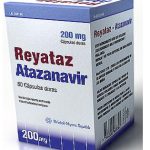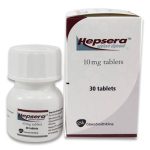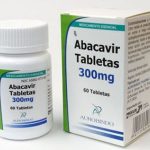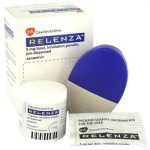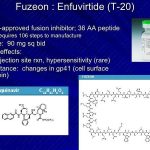
Since the introduction of zidovudine (AZT, Retrovir) in 1987, a relatively large number of drugs have been developed for the treatment of HIV-induced AIDS. Currently available antiretroviral drugs are subclassified based on their chemical structure and site of action as nucleoside reverse transcriptase inhibitors (NRTIs: zidovudine, didanosine, zalcitabine, stavudine, lamivudine and abacavir), nonnucleoside reverse transcriptase inhibitors (NNRTIs: nevirapine, delavirdine and efavirenz) and protease inhibitors (PIs: saquinavir, ritonavir, indinavir, nelfinavir, amprenavir, and lopinavir). The use of these and all antiretrovirals as monotherapy is limited largely by the rapid development of viral resistance. Thus current Public Health Service HIV treatment guidelines recommend the use of drug combinations consisting of three or four anti-AIDS drugs.
